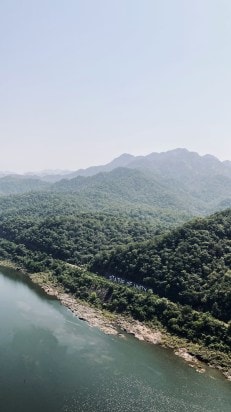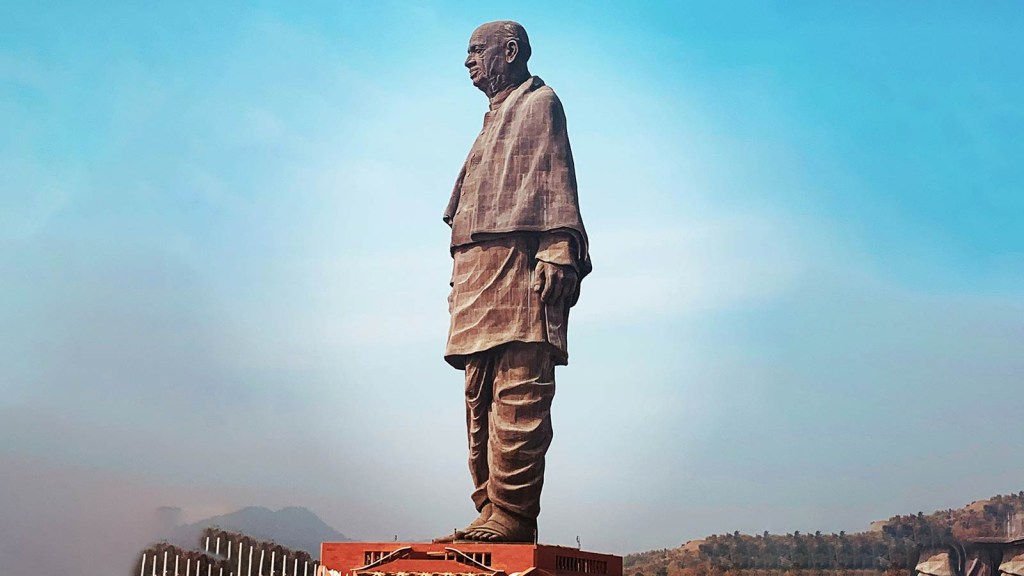As India prepares to mark the 150th birth anniversary of Sardar Vallabhbhai Patel on October 31, 2025, the world’s tallest statue dedicated to him—the Statue of Unity in Kevadia, Gujarat—is entering a new chapter. Plans are underway to transform the site into a global tourism hub that reflects not only Patel’s monumental role in unifying India but also the scale of his legacy.
The Government of India has announced that the 150th anniversary will not be a single-day event but a two-year long commemoration stretching from 2024 to 2026. This extended celebration is intended to give weight to Patel’s immense contributions to nation-building. At the centre of these observances stands the Statue of Unity, and it is here that the most ambitious initiatives are taking shape. The Sardar Vallabhbhai Patel Rashtriya Ekta Trust (SVPRET), which manages the memorial, has approved a series of projects designed to enhance the visitor experience and position Kevadia as a destination in its own right.
Among the most exciting additions are new trekking trails and pedestrian walkways that will wind through the natural hills surrounding the statue. These trails will offer panoramic views of the monument, the Narmada river and the forested landscape, giving visitors an immersive connection with nature alongside the grandeur of Patel’s likeness. Recognising that accommodation has long been a bottleneck for tourists, planners are also setting up a dedicated hospitality district near the statue. This zone will feature a mix of hotels, lodges and eco-resorts, making it easier for both luxury travellers and budget visitors to extend their stay in Kevadia.

A particularly striking proposal is the creation of a replica of the Sardar Sarovar Dam near the statue’s entrance. Conceived as both an educational feature and a symbolic addition, it will highlight one of modern India’s most ambitious engineering projects while linking it visually and thematically to the statue towering above the real dam. Alongside these marquee projects, visitor amenities across the complex are being expanded. Cafés, rest areas, landscaped viewpoints and improved access routes are part of the larger plan to make the site more welcoming and tourist-friendly.
The significance of these developments lies in what they aim to achieve. Since its inauguration, the 182-metre Statue of Unity, designed by sculptor Ram V. Sutar, has stood as a testament to Patel’s unifying vision. Now, by layering new experiences around it, Kevadia will encourage longer stays, create opportunities for local economies, and ensure that the monument is not just a landmark to be photographed but a living memorial to be experienced in depth.
Challenges remain, of course. Any large-scale expansion in a river valley and forested area must account for environmental impact, sustainability, and cohesion in design. Yet the ambitions are clear: to ensure that by 2025–26, when Patel’s 150th anniversary is commemorated at its peak, the Statue of Unity will present a renewed and enriched experience—one that honours history, engages travellers from across the world, and anchors Gujarat firmly on the global tourism map.
